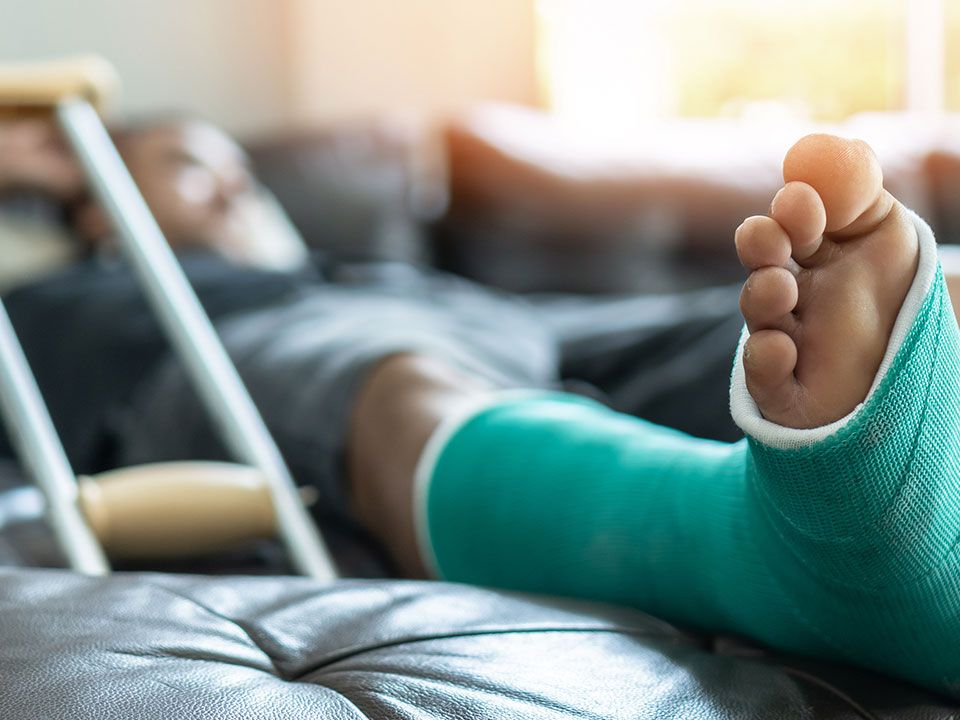
Open Reduction Internal Fixation
Contact Treasure Valley Hospital Today
Contact UsWhat is Open Reduction Internal Fixation?
If you have ever had a ganglion cyst develop close to the joints located in your wrist, fingers, or even on the sole of your foot, you know how painful this condition can be. This problem is caused by pressure exerted on surrounding nerves. While sometimes these cysts do not need to be removed, in more severe cases they do. Here is what you need to know about ganglion wrist excision or wrist surgery.
What Diagnoses Does Open Reduction Internal Fixation Treat?
Open Reduction Internal Fixation is a procedure that treats severely fractured bones. The bone may have broken in many places or has moved from its original position. ORIF is most commonly performed on bones in the ankle, hip, leg, shoulder, wrist, or knee. In some cases, ORIF is used to fix a failed closed reduction that did not heal properly.
How Can You Prepare for ORIF?
If you suspect you have a severely fractured bone, you should immediately contact one of our orthopedic physicians. Your doctor will conduct a physical exam and order an X-ray, CT scan, or MRI to examine your fracture further. If the fracture is severe, your doctor will recommend an ORIF surgery that will be scheduled shortly or immediately after your initial appointment due to the severity of your fracture. Your team of physicians will explain the procedure to you. They will ask you not to eat or drink after midnight the night before your surgery. They will ask you about what medications you take and may ask you not to take your medication before your surgery.

What Recovery Can you Expect After Open Reduction Internal Fixation Treatment?
After the procedure, your doctor monitors your vitals and checks on the nerves near the procedure site. Depending on the location of ORIF, you may be able to leave the hospital that day or have to stay a night or two. Leg and hip fractures usually require a more extended hospital stay compared to arm fractures. Upon leaving the hospital, your doctor will give you instructions to follow for a smooth recovery. These short-term instructions may include:
- Take prescribed or over-the-counter pain medications for a designated amount of time
- Elevate and apply ice to the limb to reduce swelling
- Avoid pressure to the limb by wearing a sling, cast, or splint under your doctor's request
- Keep your incisions clean and properly bandaged
Since ORIF is only performed for severe fractions, recovery can take between 3 and 12 months. Your doctor and a physical therapist will work with you to get you safely rehabilitated. Longer-term instructions may include:
- Work with a physical therapist for proper rehabilitation. Your physical therapist will give you exercises and a recovery plan to help you return to normal mobility.
Why Choose Treasure Valley Hospital?
If you suspect you have a severe fracture, please get in touch with one of our independent physicians as soon as possible. At Treasure Valley Hospital in Boise, Idaho, we specialize in high-quality care from a team of experienced physicians. At TVH, you will receive quality care at a lower cost. Contact us if you have any questions.

